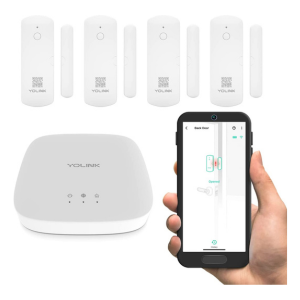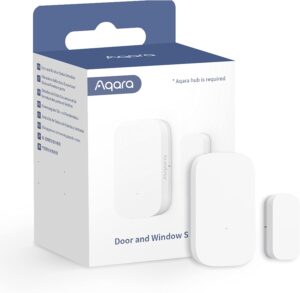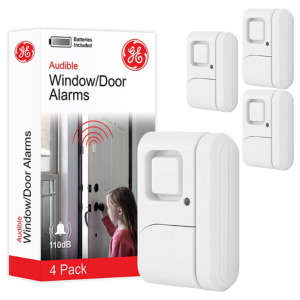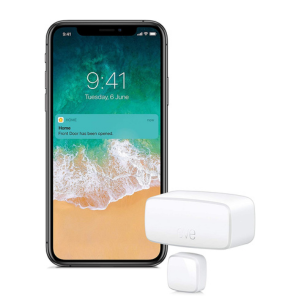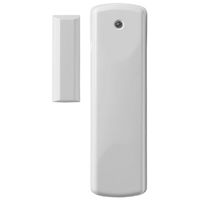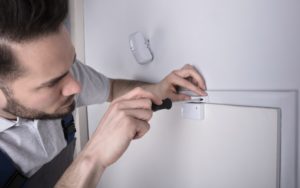While YoLink looks expensive from the outset, it's actually affordable on closer inspection. Sure, the list price is around $80, but it consistently sells for about $50–65 on Amazon. Considering you get four sensors, this often drives the per-sensor cost under $15. Add-on sensors are also very affordable, costing less than $20 each in a one-pack or a three-pack.
We're big fans of YoLink's straightforward mobile app and smart home compatibility. The smart home hub works with Amazon Alexa, Google Assistant, and IFTTT, so you can ask for the status of your sensors anytime or program smart devices like smart lights to react when a door opens. Google Assistant doesn't respond to sensors like Alexa and IFTTT, but you can still check the status using a voice command.
YoLink doesn't come with a siren, which limits how non-app users in your home learn about a potential intruder. Fortunately, you can create an Alexa routine to share notifications via a smart speaker. You can also buy an add-on siren for around $30 if you're not interested in building a smart home.
YoLink is easy to set up with the app, and you can install everything with a speedy adhesive pad. The sensors that come with the kit aren't for outdoor use, so you likely won't use them at maximum range. That doesn't stop some users from placing them in mailboxes for handy notifications. Still, YoLink sells an add-on outdoor sensor for around $30 if you want something more durable.
Overall, YoLink offers a great experience for folks looking to create a security perimeter around their property. The bundle of sensors is fairly affordable, and the quarter-mile range is a huge advantage over other smart entry sensors. While some drawbacks exist, YoLink's accessories help make up the difference if you can spend some extra cash.
